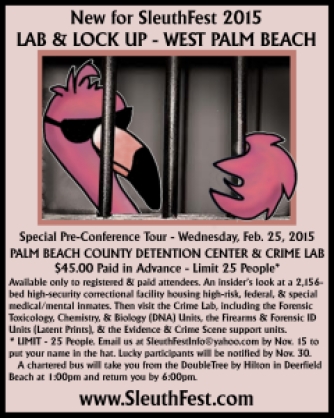Back in 2000, when I wrote Hair Raiser, I was interviewed about the story. I’m repeating it here so you can see some of the thoughts I had at the time.
First tell us anything you want us to know about Hair Raiser.
Here’s the story blurb: When hairstylist Marla Shore volunteers for a fund-raiser benefitting a coastal preservation society, she gets more than she’s bargained for when someone attempts to sabotage the gala event. Participating chefs are dropping off the roster like hot rollers, and Marla is the only one who can tease the truth from them. Too late to stop a murder, she must salvage the grand affair before she’s moussed into oblivion.
Research involved mangrove habitats, biomedical waste disposal, and funeral Pre-Need Plans. In particular, I enjoyed dining out at restaurants in Fort Lauderdale and in Nassau so I could describe the menus in detail. Touring Bonnet House in Fort Lauderdale provided the inspiration for Cousin Cynthia’s estate in the story. An interview with a funeral director, an exhibition of Samoan fire knives, and a visit to a biomedical waste disposal facility rounded out my inquiries. I always like to learn something new when writing a book, and I hope my readers find these topics as interesting as I did.
How did you decide to choose a beautician as the protagonist?
I wish I had Marla’s skills to style my own hair! Seriously, I find the backdrop of a beauty salon is perfect for a mystery series. Being a skilled stylist is a profession I admire. You have to be a good listener since people talk to their hairdressers. Clients gossip while getting their hair done; suspects and informants exchange information while Marla cuts and colors their hair; and she encounters customers all around town. Her caring nature fosters confidences that aid her in numerous investigations. And think of those sharp instruments in a salon—scissors, metal hair picks, and razors.
What drew you to locating the story in South Florida?
I live in South Florida, and I want to share the appreciation I have for our tropical environment. I love the seagrapes, palms trees, and mangroves; the sunny beaches and diverse cultural mix. Instead of the usual gritty Florida stories, I want to showcase our attractions in a positive manner. Locals as well as visitors enjoy reading about sites familiar to them.
Tell us about protagonist Marla’s sense of curiosity. What was the inspiration for this?
Anyone investigating murders needs a nosy disposition. Marla is naturally curious, but her sense of responsibility for sniffing out murderers comes from her background. When she was nineteen, a toddler in her care drowned in a swimming pool. As a result, Marla feels responsible for her clients and strives to prove her self-worth. When Cousin Cynthia asks her to investigate a lawyer’s death in Hair Raiser, Marla feels obliged to accept. Earning Cynthia’s respect is important to her, and so is digging out the truth. Marla’s experience comes from my own background as a nurse. In a continuing education class on near-drowning, I saw a film where a child’s body was pulled from a backyard pool. Drowning is the number one cause of death for children ages 4 and under in South Florida, so it’s an important issue here. Marla has learned to overcome her past mistakes and turn them into a force for good.
Does your living in Florida have anything to do with protagonist Marla’s desire to preserve natural resources?
Yes, I love living in the semi-tropics and believe we should do everything we can to preserve our planet’s natural resources.
Where do you see the series going?
Murder by Manicure is the next book in the series. Marla’s relationship with Dalton Vail will continue to evolve. Hint: I like happy endings.
What are you working on next?
I’ve started Body Wave, #4 in the Bad Hair Day series.
How would you describe your writing style?
Quick reading with lots of dialogue and fast-paced action.
NOTE: Hair Raiser (Bad Hair Day Mystery #2) was originally published by Kensington Publishing Corp. This Author’s Edition has been revised and reformatted with added bonus material.
Buy Links
Kindle: http://amzn.to/14M9l5B
iBooks: https://itunes.apple.com/book/hair-raiser/id957020158?mt=11&uo=4&at=113vsrx
Kobo: http://store.kobobooks.com/en-US/ebook/hair-raiser-2
Nook: http://www.barnesandnoble.com/c/nancy-j.-cohen
International: http://bookgoodies.com/a/B00S4VCUM8
Print Edition: https://www.createspace.com/5253406
Add to Goodreads List: https://www.goodreads.com/book/show/24478683-hair-raiser
Contest Alert
Enter to win a signed hardcover copy of Shear Murder and a $10 Starbucks gift card. Two prizes to be awarded. https://nancyjcohen.com/fun-stuff/contest/

















